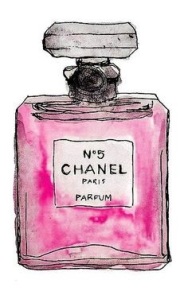http://www.rsc.org/chemistryworld/2015/06/chemical-linguistics-language-michael-gordin
I recently saw this article about chemical linguistics in Chemistry World and it really resonated with me. The idea of chemistry as a language is something that is not addressed when we begin teaching but every chemistry teacher witnesses it on a daily basis when students look at us in utter confusion when we ask them a ‘simple’ question – it is as if we are speaking a foreign language. Professor Gordin identifies symbols and equations as our words and sentences and although we have an infinite number of formulae we can’t give just any combination just as words in a sentence have to make sense.
There is a systematic nature to teaching and learning chemistry – think atomic structure, periodicity, homologous series to name a few. This is reflected in learning a language, with the systematic learning of vocabulary and grammar allowing the construction of a sentence which one day may lead to fluency. So what can we learn from language teaching – the younger the child is the easier it is to learn a language so why do we not expose our children to chemistry at a younger age – get periodic tables on the walls in primary schools, start singing the periodic table song … Maybe then we can begin to help our students translate the wonders of our chemical world.




